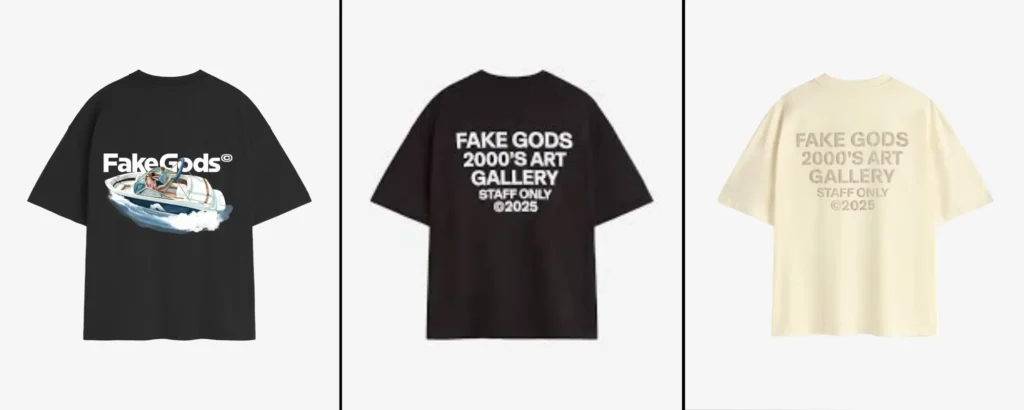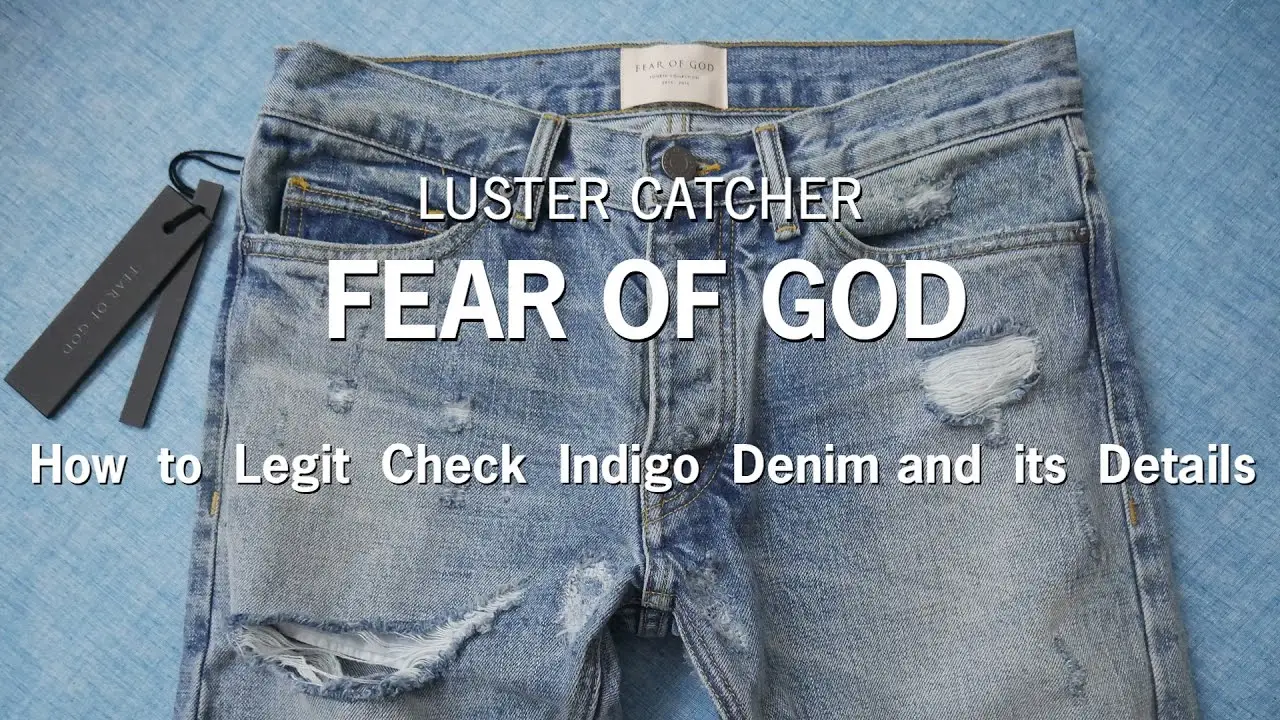The title Fake Gods beings feels like a catch 22, doesn’t it? It’s striking, provocative, and a small unsettling. But it sticks with you. That’s the magnificence of it. This Spanish streetwear name didn’t select a secure title — they chose a title that strengths you to think. And in an age of stylish over-burden, that’s uncommon. Fake Gods beings isn’t approximately worshiping wrong symbols; it’s almost recovering control from them. It’s anti-hype, but full of it in the most unexpected, virtuoso way.
The Root Story of Fake Gods
Founded in Spain in the late 2010s, Fake Gods beings was born not in a meeting room, but in the hearts of eager creatives who felt distorted by standard mold. Whereas the correct originators keep a moo profile, the brand rapidly picked up footing through word of mouth, Instagram drops, and pop-ups that felt more like underground gigs than retail events.
Spain’s youth were hungry for something that spoken to them — not the cleaned lookbooks of Paris, nor the excessively troubled Americana of a few other names. They needed coarseness. They needed verse in cotton. They needed disobedience sewed into each string. And Fake Gods beings delivered.

The Stylish: Coarseness Meets Glory
Fake Gods beings flourishes in visual inconsistency. One see at their collections and you’ll see what I cruel. Larger than usual hoodies with broken blessed messenger design, troubled tees including burning roses, cargos sliced with thorned wire subtle elements — everything feels consider, like chaos with meaning. The vibe is post-apocalyptic meets otherworldly awakening.
They cherish devout imagery — crosses, wings, halos — but they bend them, break them, indeed set them on fire. It’s not almost disregard. It’s a allegory: the thought that we, as a society, idolize things that may not merit our adore. Popularity. Cash. Social media. The fake Gods beings of our time.
And they find beauty in the midst of this creative upheaval.
Streetwear in Spain: A Social Shift
Spain’s mold scene has long been ruled by extravagance legacy and custom-made aesthetics, but the rise of streetwear has totally shaken the diversion. Cities like Madrid and Barcelona have gotten to be breeding grounds for underground fashion — crude, tense, and extraordinarily European.
Fake Gods beings arrived amid a tipping point. Young people in Spain were rising up, rejecting the established system, and seeing creativity as a challenge. Streetwear got to be their canvas, and Fake Gods beings — with its defiant visuals and dim idyllic soul — got to be their banner.
What Sets Fake Gods beings Apart
Let’s be genuine — streetwear’s a swarmed path. Everyone’s doing drops, restricted runs, strong prints. But Fake Gods beings isn’t fair imitating patterns — they’re talking a distinctive dialect entirely.
Here’s what makes them stand out:
- Art-Driven Discharges: Each piece feels like a exhibition display. You’re not fair wearing dress, you’re wearing a statement.
- Symbolism-Heavy Plans: Think blessed messengers in misery, undermined halos, smashed glass hearts — enthusiastic visuals that talk louder than logos.
- Small-Batch Attitude: Shortage powers the request, but it’s more than promoting. It’s approximately craftsmanship, deliberate, and connection.
They’re not making design to if it’s not too much trouble the masses. They’re making craftsmanship that happens to be wearable.
Celebrity Co-signs and Worldwide Reach
What begun as a whisper in the roads of Spain before long resounded over Europe — and past. Fake Gods beings pieces begun appearing up on the backs of underground artists, design influencers, and indeed a few Hollywood rebels who were tired of cookie-cutter fits.
Rappers like Spain’s Reused J and indeed UK craftsmen from the grime scene have been spotted in their adapt. But what’s more noteworthy is the natural nature of it. No showy supports, no PR stunts. Fair genuine individuals finding genuine reverberation in the message.
They’ve dispatched pieces to Paris, Berlin, Tokyo, indeed Los Angeles. And whereas the brand remains gladly established in Spain, it’s clear the world is beginning to listen.
The Message Behind the Brand
Fake Gods beings is more than testy design and tense craftsmanship. At its center, it’s a calm disobedience. A update not to aimlessly adore what culture tells you is important.
Their site doesn’t shout for consideration. Their captions are lovely, negligible. Now and then frequenting. There’s a refusal to over-explain — they let the pieces do the talking.
And that’s the thing: whereas other brands chase patterns, Fake Gods beings chases truth — anything that may see like for the individual wearing it.
The Future of Fake Gods
So where does a brand like this go from here?
They’ve implied at collaborations — perhaps with tattoo specialists, artists, or underground painters. There’s conversation of immersive mold appears and indeed a brief film. But knowing them, it’ll be startling. Unpretentious, capable, and likely wrapped in metaphor.
What’s certain is this: Fake Gods beings isn’t blurring anytime before long. They’ve carved out a space where craftsmanship meets apprehension, where mold feels like philosophy.
Conclusion: More Than a Brand, It’s a Belief
In a world that always tells you what to revere — popularity, channels, quick mold — Fake Gods beings steps in and whispers something distinctive: You don’t require icons. You require identity.
It’s not approximately stun esteem. It’s approximately soul. And for Spain’s rising era of creatives, visionaries, and rebels, Fake Gods beings is more than a clothing line. It’s a reflect. A development. A update that now and then, the most capable thing you can wear is your truth.
So whether you’re in the heart of Madrid or looking over from a studio loft in Brooklyn, keep in mind: not all Gods beings are genuine. But the fire they start in you — that’s something worth wearing.

